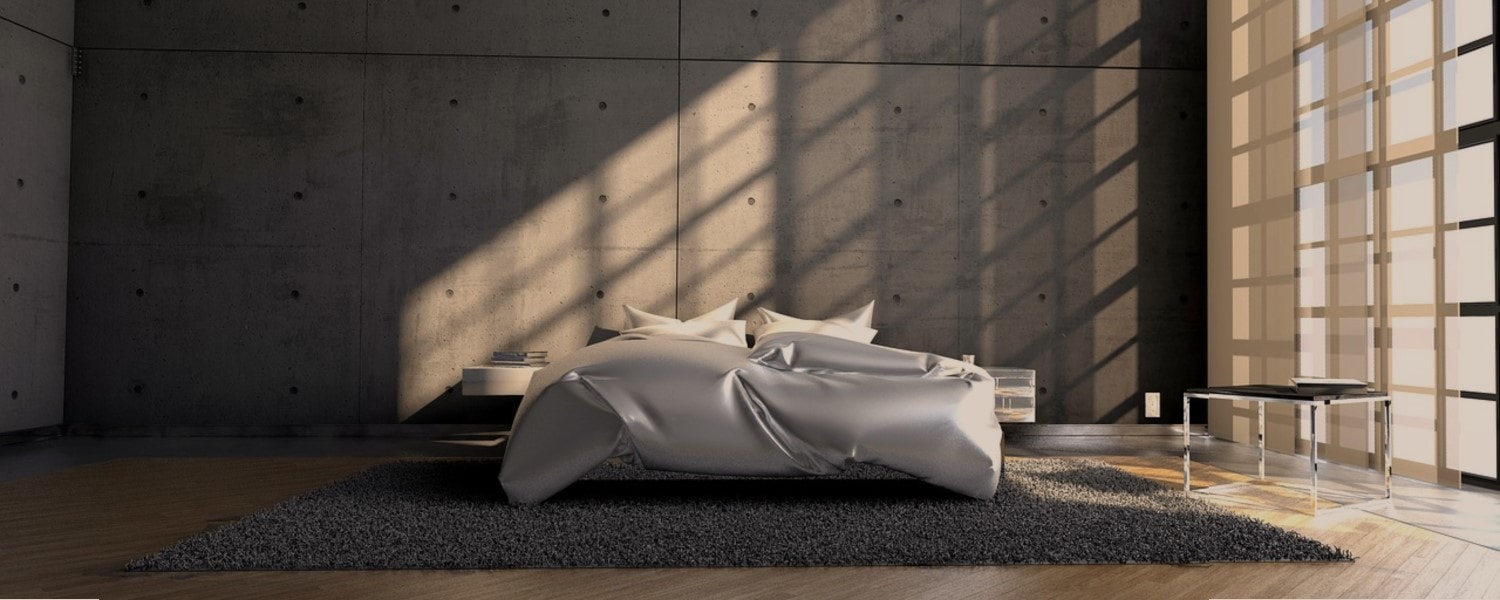Habit Stacking: This is How I Used It to Make My Bed
I am embarrassed to admit it, but up until a couple of years ago, it was something I would do sometimes but not all the time. Yet after reading an article regarding why you should make your bed first thing in the morning, I decided to see if I could figure out how to do it permanently. Knowing myself, I sometimes have a hard time doing things that aren’t fun, so I did a little research on creating new habits.
I soon came across some work done by Stanford professor BJ Fogg which he calls ‘the Tiny Habits’ method. Turns out it was something I had already been doing for years, as I had been using a method called habit stacking, and didn’t even know it.
Hmmm, maybe turning around my aversion to making my bed wouldn’t be so tough after all if I could just turn it into a habit. Which is what this blog post is about – creating a new habit using a method called habit stacking.

It Starts with Behavior Change
According to Fogg in his TED talk, “Forget big change, start with a tiny habit”, “Behavior and behavior change is not that complicated, it is pretty systematic, and there are ways to understand behavior change that are pretty straightforward and simple”.
And seeing as how I already knew how to make my bed, it meant that I didn’t have to learn how to do it, I just had to learn how to make it automatic.
Meaning, I just had to figure out how to turn a familiar behavior (something I already knew how to do) into a permanent change or habit.
Before we get to how I did it, let’s first understand…
Fogg’s Formula of Tiny Habits
Dr. Fogg says there are 3 things that need to occur at the same time for a behavior to change:
(1) Motivation – meaning you need to want to do it.
(2) Ability – meaning you need to have the ability to do it.
(3) Trigger – meaning there needs to be a cue or something that causes you to do it
Let’s look at each of these components individually:
Motivation
The motivation relates to how much you want to do something and there is no magical way to create it. So, the trick is to pick something you really want to do, which will make it automatic. By choosing something you already want to do, you won’t have to figure out how to motivate yourself. In my case, I want to make my bed because it is a great keystone habit that will give me my first accomplishment of the day.
Ability
Next is ability, the easier it is for you to perform the habit, the more likely it is that you will do it. ‘Suzy or Stephen Homemaker’ I most assuredly am not, but my Grandma taught me how to make my bed as a kid, so I know how and it is relatively simple.
If you think about it, there is a trade-off between motivation and ability. The harder it is to do something, the more you will need to motivate yourself to do it. Which is the only reason for motivation in our lives – to help us do things that are difficult. The problem is this, if your motivation is not there, you are not going to do it.
Since habits are about repeating behaviors, that is why it is hard to turn difficult things into habits. But if the new habit we create isn’t hard, we will need less motivation to do it, making us more likely to do it. That’s why Fogg recommends starting with ‘tiny habits’, so instead of 50 pushups start with 1, then add more over time. Another example he gives is flossing, just start with one tooth, once you do that you will gradually do more.
Now that we understand the motivation and ability parts of Fogg’s equations, let move to the final part of the formula, which is the…
Trigger
This is the cue or the prompt that causes you to perform the behavior. The trigger could be an item on your calendar or a reminder on your phone or even a post-it-note – which all work, the problem is that they aren’t that scalable.
There is, however, another type of trigger that works extremely well, and it is extremely scalable, which is known as…
Habit Stacking
Habit stacking is a term, also known as ‘habit chaining’ in psychology, coined by Wall Street Journal bestselling author S.J Scott in his 2014 book Habit Stacking: 97 Small Life Changes That Take Five Minutes or Less.
To understand the concept of habit stacking let’s first literally get in our own heads and discuss something called synaptic pruning. What happens is that your brain creates and strengthens a robust network of neurons to support the current behaviors and habits you use often, while pruning the ones you don’t use. So, the more you do the habit or behavior, the stronger the connection becomes.
It turns out that habit stacking leverages the strength of those strong connections to create your new habit. The idea is to take an existing habit and its strong connection, and stack your new habit on top of it, or more specifically right after it.
Which brings us back to the trigger part of Fogg’s formula – the existing habit becomes the trigger for you to perform the new habit!
Make sense?
The key is to choose an existing habit that you don’t need to be motivated to do and then link it to the new habit you wish to create.
Remember how I earlier said that I had been using habit stacking for years and didn’t even know I was using it? This is how I was using it – every morning I would wake up and put my coffee on, and while the coffee was brewing I would have a 1-minute cold shower to wake my ass up and change my state. Putting the coffee on was my trigger to have my cold shower. I had stacked the cold shower on top of my habit of making coffee that I had been practicing for years.
Now to make my bed, all I had to do was stack my making my bed habit onto my cold shower habit and putting the coffee on habits.
So, my new habit stack looked like this:
Get up >> Put on Coffee >> Cold Shower >> Make bed
Oh, I almost forgot, there is one more important thing you need to do according to Fogg. That is, you need to “Celebrate victory when you do a behavior you want to repeat in the future.” He recommends doing things such as telling yourself you are awesome, doing some type of dance, yelling a celebratory phrase – whatever. The idea is the more intense the emotion is, the quicker it will become a habit and the more permanent it will become.
I could do that! For sure I could do that!
Being a wrestling fan as a little kid, I decided to do a little Ric Flair, ‘woo’ after making my bed, something like this:
It was fun, and I really got into it, the problem was the walls in my condo are pretty thin and my neighbors didn’t take too kindly to my 5 am “woo’s”.
Oops…right! So, instead I just started doing one of these:

Works for me!
Until next time, start habit stacking, don’t woo too early in the morning and as always…PYMFP!
–Rick
P.S. Woo!!!!!!! (sorry had to get it out of my system!)
How to Create a New Habit Using Habit Stacking – Use it or Lose It
(1) Figure out what it is you want to do. It helps if you are already motivated to do or a ‘why’.
(2) Next, it needs to be something you have the ability to do. Starting with a tiny habit can help accomplish this like starting with one pushup or flossing one tooth and gradually increasing it.
(You may need to take action to make it even easier to do something by minimizing the cognitive effort or physical effort required or how much time it takes. For example, making time on your schedule, leaving a book in a place where you will read it so you don’t have to look for it etc.)
(3) Finally, choose a trigger which is the existing routine or habit in your life be the trigger or cue to do the new behavior.
When to Use It:
When you want to create a new habit in your life!
What Do You Think?
Is habit stacking something you already use or something you already use? Either way, let us know how you use it or how you could see yourself using it by sharing your story in the comments below!
If you enjoyed this post, it would mean the world to us if you shared it with people you care about via any of the social media platforms below!
Popular Previous Posts:
This is a Great Tool for Building Relationships in Your Life!
This is How to Organize Your Desktop (Based on Science)
Lessons From 4 of the Best Commencement Speeches Ever!
This is What Being Authentic Means to Me
4 Simple Breathing Techniques That I Use Every Day!
References
Forget big change, start with a tiny habit: BJ Fogg at TEDxFremont
The Power of Forming Habits | David Nevins | TEDxCushingAcademy
https://www.tinyhabits.com/
